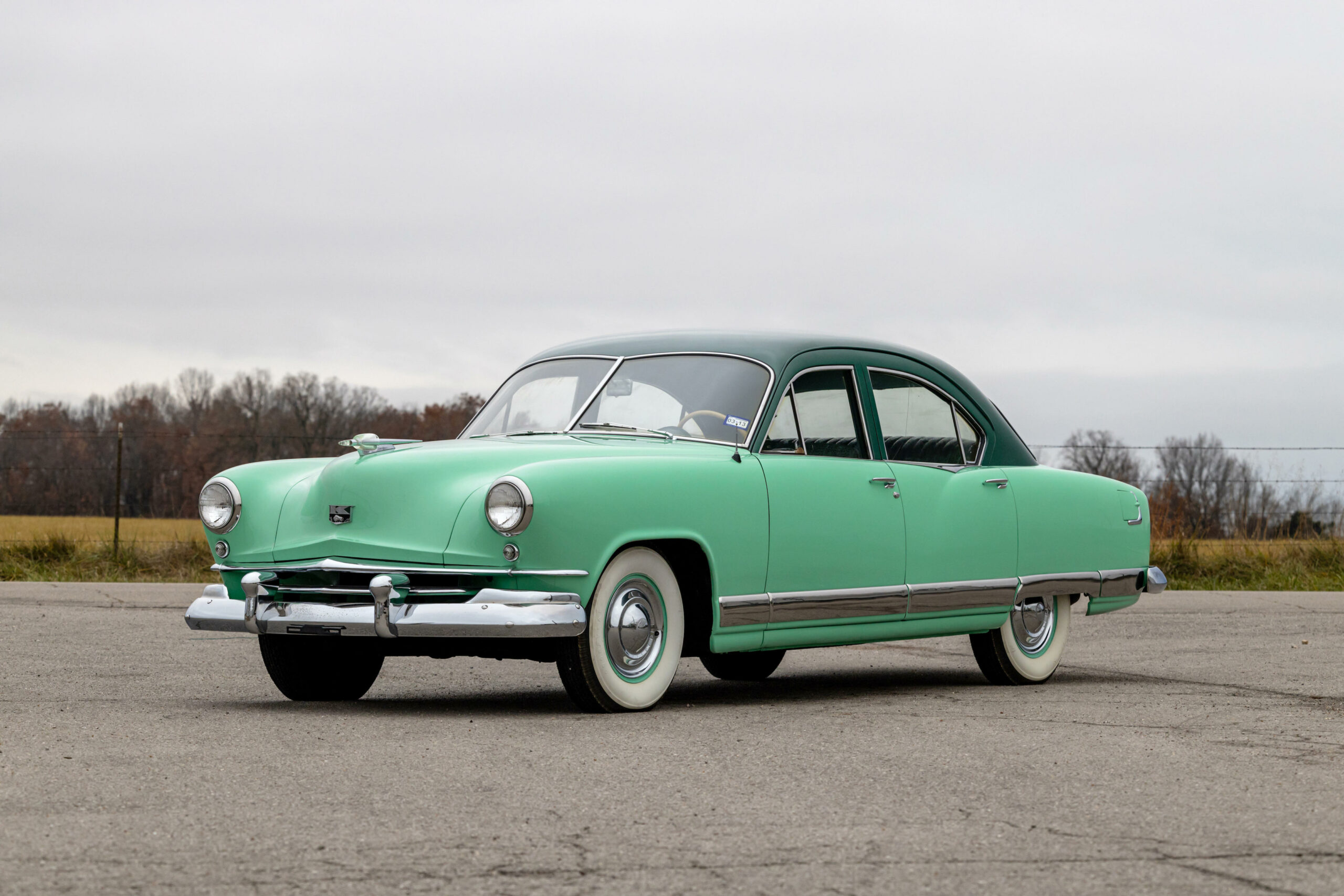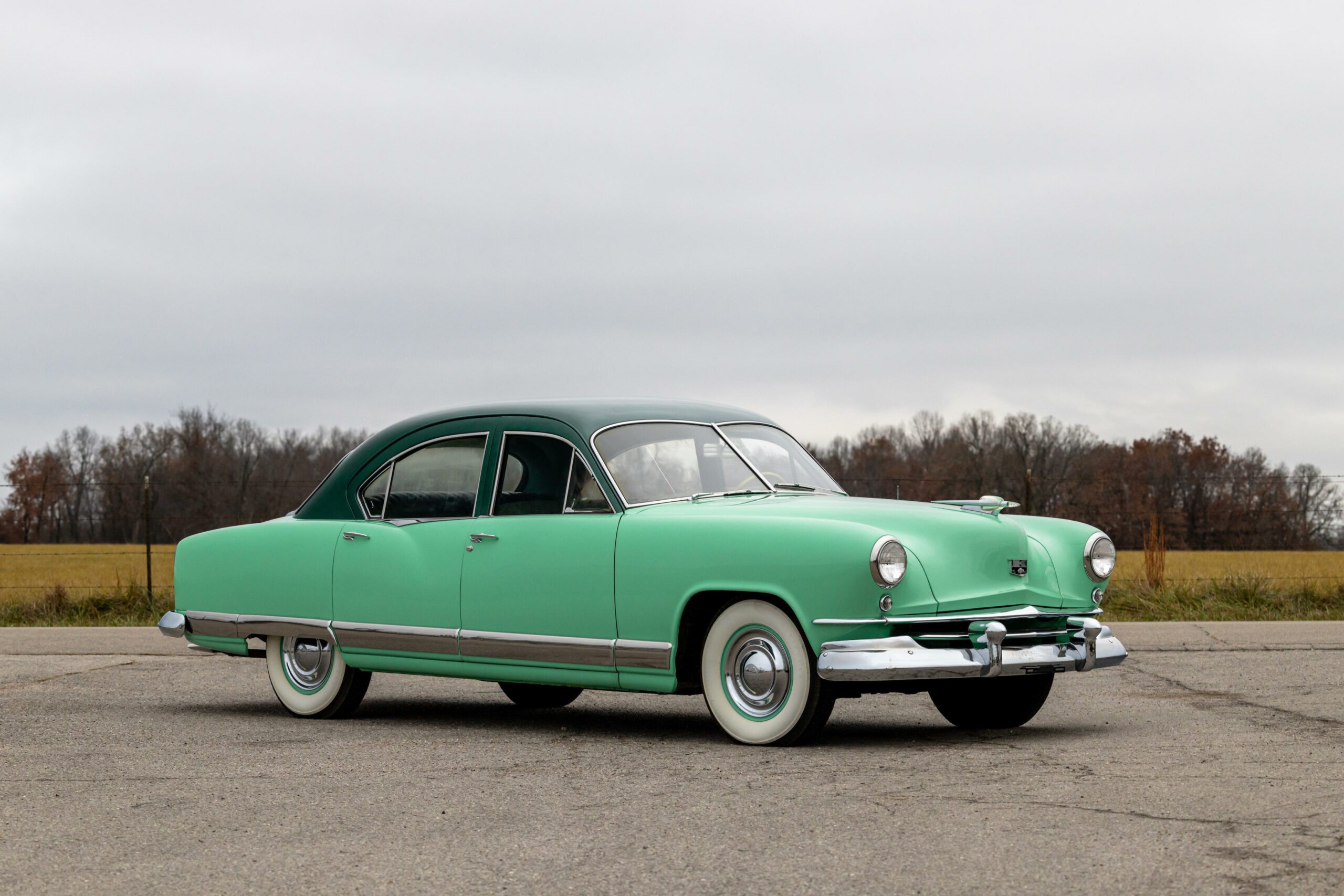Close
The history of Kaiser Motors is a story of post-World War II American automotive innovation and competition. Founded by industrialist Henry J. Kaiser and automobile executive Joseph W. Frazer in 1945, the Kaiser-Frazer Corporation aimed to establish itself as a significant player in the American automobile industry.
After World War II, there was a surge in demand for automobiles, as consumers sought to replace vehicles that had been on hold during the war. This presented an opportunity for new automakers like Kaiser-Frazer to enter the market.
In 1946, Kaiser-Frazer introduced its first cars, the Kaiser and the Frazer. The Kaiser was a compact, affordable car designed to cater to budget-conscious consumers, while the Frazer was a more upscale and luxurious offering. Both cars were well-received for their modern styling and features.
Kaiser-Frazer made use of several innovative techniques, including the use of a fastback design that was uncommon at the time, and the incorporation of safety features like a padded dashboard.
In 1947, Kaiser-Frazer entered the market with several new models, including a convertible and a station wagon. The company also introduced the Kaiser Traveler, one of the earliest examples of a hatchback-style vehicle.
Kaiser-Frazer’s cars were generally well-built, and they received praise for their ride comfort and handling. However, the company faced challenges in terms of production capacity and competition from established automakers like General Motors, Ford, and Chrysler.
The 1950s brought financial difficulties for Kaiser-Frazer, partly due to a recession and increased competition in the automotive market. Despite introducing new models like the Kaiser Henry J, which was named after Henry J. Kaiser himself, the company struggled to gain a significant market share.
In 1953, Kaiser-Frazer ceased automobile production and shifted its focus to other ventures, including manufacturing construction equipment, steel, and industrial machinery.
While Kaiser Motors’ presence in the American automotive industry was relatively brief, the company left its mark as a post-war independent automaker that introduced innovative designs and features. Today, Kaiser automobiles, particularly the Kaiser Darrin sports car, are collectible classics and are remembered for their unique place in American automotive history.



